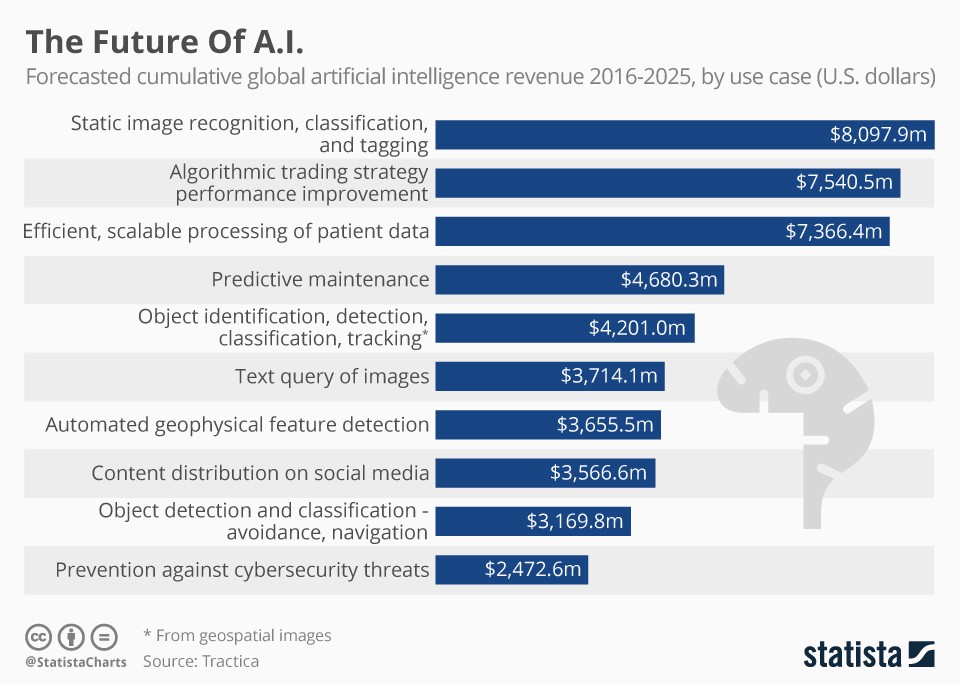The Rise of Contextual Intelligence : How to make AI more “intelligent”


In recent years, there is a shift towards the practical applications of voice search and activation in consumer electronics and business computing in order to achieve cost-efficient, seamless automation. As it spreads to different industries, the adoption of smart speakers have reached to a point that businesses have changed the way they provide their services. Gone are the days when voice search only provides the usual weather updates, live sports scores and basic search results.
Now that it’s 2019, voice search is no longer dependent on pre-programmed triggers and specific canned responses but on the rapid adoption of big data, machine learning, artificial intelligence and neural networks. There is a big market for voice AI as a Canalys study revealed that there was a 187% growth in the global market for voice search devices in the second quarter of 2018. Apple, Furthermore, Google, Amazon and other major players have collectively shipped 16.8 million units in the first quarter of 2018.
Meanwhile, Global Market Insights have estimated that the number of voice-based smart speakers in use globally was 100 million in 2018 and the market would be worth $30 billion by 2024. According to Juniper Research, 275 million voice-based devices will be able to control smart homes by 2023.
In the world of the Internet of Things, smart speakers are the first thing that comes into everyone’s mind. However, it has become more than that in recent years as successful voice searches have become more accurate with voice AI acquiring more customer data and insights. Accuracy rates have increased with Google Home at 81%, Amazon Echo at 64% and Harman Kardon Invoke at 57%! Furthermore, it has become more flexible than ever before as it can handle more foreign languages and even detect it right away. These figures suggest that future voice technologies will be able to do what is expected to do – respond to anyone perfectly in real time!
But how? The answer, contextual intelligence.
The ubiquitousness of voice AI, has made it imperative for the technology to be more predictive and responsive and machines no longer act on triggered responses but learning on its own by ‘instinctively’ analyzing and acting on a particular query based on the gathered customer information, interaction history and all other aspects of the customer service process. In other words, contextually intelligent systems will respond more humanely as possible and customers won’t be able to tell the difference.
Gartner predicts that by 2020, 25% of customer service operations will use virtual customer assistants and 30% of companies will employ AI to augment their primary sales processes. With natural language processing, the AI will be able to adjust in any ever-changing conversations at ease. Not only that, sentiment analysis will enable AI to respond accordingly to positive and even negative topics. Contextually-intelligent systems will be as close as it gets to our own digital replica, albeit a better version of us.

Amidst the backdrop of the US-China tariff war, voice-controlled gadgets and other IoT devices took centre stage at the Consumer Electronics Show 2019 in Las Vegas. Among the emerging trends that are expected to take off is the incorporation of voice assistants in driverless cars. Just imagine, future cars will be able to know where do you want to go based on what it knows about you and the behavioural tendencies you exhibit.
There is a shift towards what you-called ‘frictionless shopping experience,’ wherein more e-commerce companies are trying to drive online sales through this emerging voice platform. As contextual intelligence becomes the norm, it will be possible to create a different personalized experience every time you make a voice search. Eventually, our search behaviours will change as different voice search algorithms evolve.
2019 is expected to be the year of converging technologies as the ultimate business solution when voice AI meet IoT, ERP solutions, blockchain and analytics. Meanwhile, robotic process automation will make it possible for voice AI to automate decision-making itself thereby minimizing erroneous value judgement processes in all types of IoT devices.
According to IDC, connected appliances and smart home devices will have greater integration with voice assistants as businesses position these gadgets as the smart home’s central hub. Greater compatibility among different smart home ecosystems is essential in order to achieve interoperability. According to Juniper Research, such integration would mean that connected appliances shipments will increase to 80% annually by 2023.
Customers are expected to enjoy a new user experience as voice technologies are integrated into IoT devices. It is expected that this ecosystem will move away from a smart-speaker-centric hub to the more connected IoT devices that include everything from smart lights to driverless vehicle voice controls.
As more consumers and businesses are drawn into this changing landscape, the need for hands-free voice control goes up as well. Faster adoption of this voice technology would mean that more engaging and interactive functions are added thereby unlocking the full potential of contextual intelligence.
Winimy is leading the way in the development and application of contextual intelligence through its voice AI and IoT platforms that will suit your business needs and requirements. Know more on how you can integrate these technologies by getting in touch with us at [email protected].
